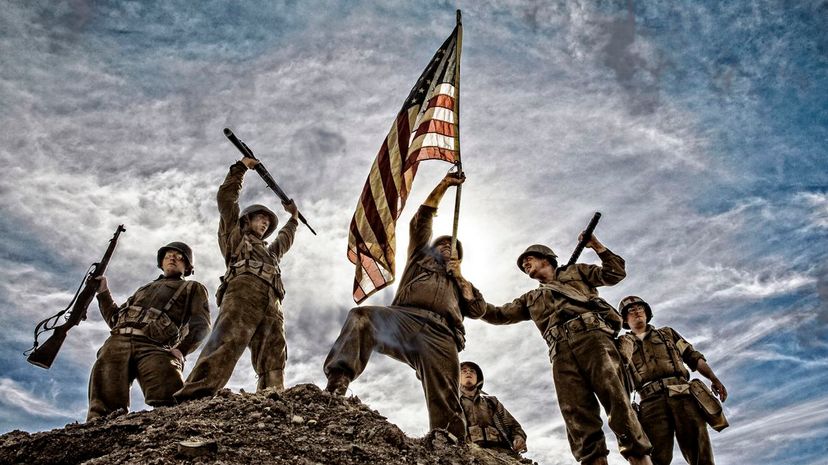
About This Quiz
Humans have been fighting wars for about as long as other humans have existed. The winners have gone on to devise effective strategies to keep winning while the losers, well, we know what happened to most of them. Military leaders like Alexander the Great, Hannibal Barca and Julius Caesar developed some of the same strategies that are still in use today. Others like Sun Tzu, Stonewall Jackson and George S. Patton have proven their tactics to be some of the best of all time. Anything that gives you the edge over an enemy force, anything that can catch them off guard or put them at a disadvantage, can be adapted into an effective battle tactic if a skilled tactician employs it.
With a few thousand years of war under our belts at this point in history, there's a good chance you're familiar with some of the more famous tactics. After all, who doesn't understand the basic concept of an ambush? Or maybe a full-frontal assault? Some require a little more finesses, though, and a bit of understanding of warfare and strategy. If you think you have what it takes, why not show off your military tactics knowledge in this quiz?
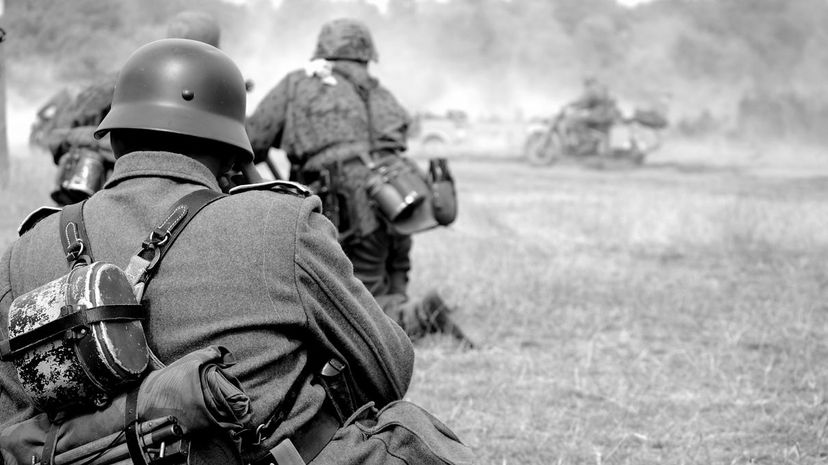
A pincer attack is a flanking movement that's extremely old. In fact, Hannibal made this famous at the Battle of Cannae back in 216 BC. It's a fairly simple strategy whereby you split your forces to either flank of an advancing force, effectively surrounding them.
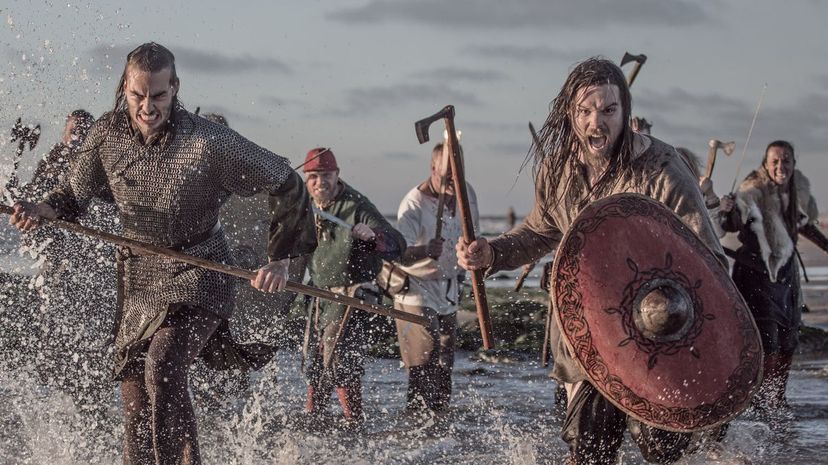
Divide and conquer is very heavy on strategy and less so on military maneuvers. Caesar used this to fracture the strong Gaul armies as the Romans had long held trade, particularly of wine, with the Gauls and had developed alliances with Chieftains that allowed Caesar to make inroads in learning their strategies and abilities.
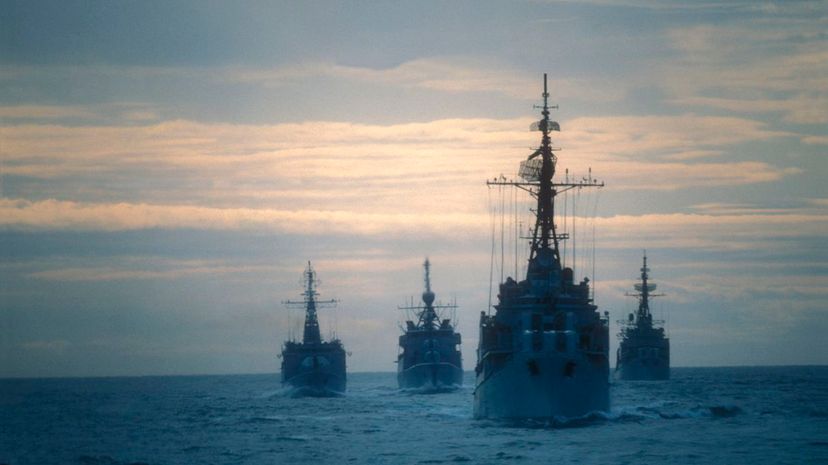
Crossing the T is an effective strategy in naval battles whereby the vessels of one force cross perpendicularly in front of the enemy vessels in a line. This renders the enemy vessels at the back useless as they can't fire without hitting their own forces, and allows the vessels crossing the T to all have an opportunity to fire.
Advertisement
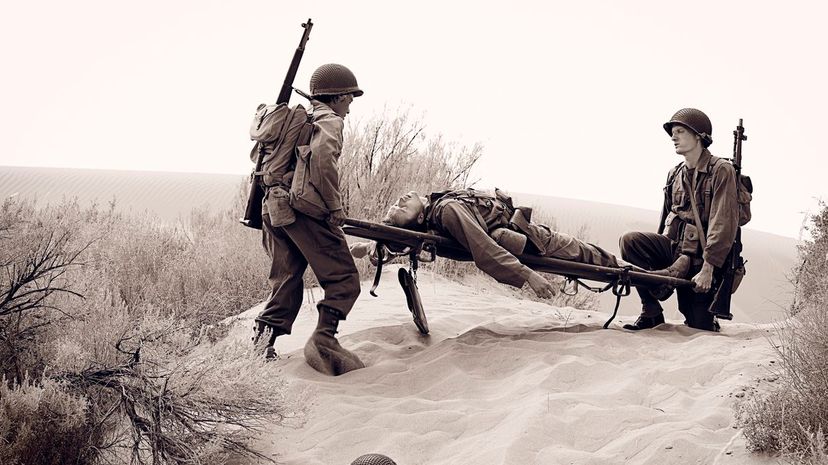
The Germans popularized blitzkrieg during World War II. The word means "lightning attack," and it's characterized by any fast, aggressive, powerful attack that comes unexpectedly and essentially runs over an enemy force.
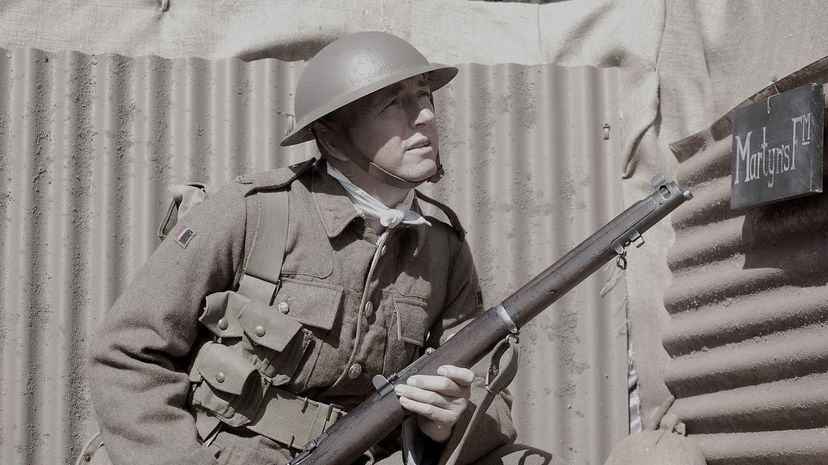
World War I was historically one of the most effective uses of trench warfare. Your forces dig trenches that allow your troops to be protected during assaults from the enemy as they're remarkably limited targets when hidden in trenches. Even artillery becomes less effective in this case.
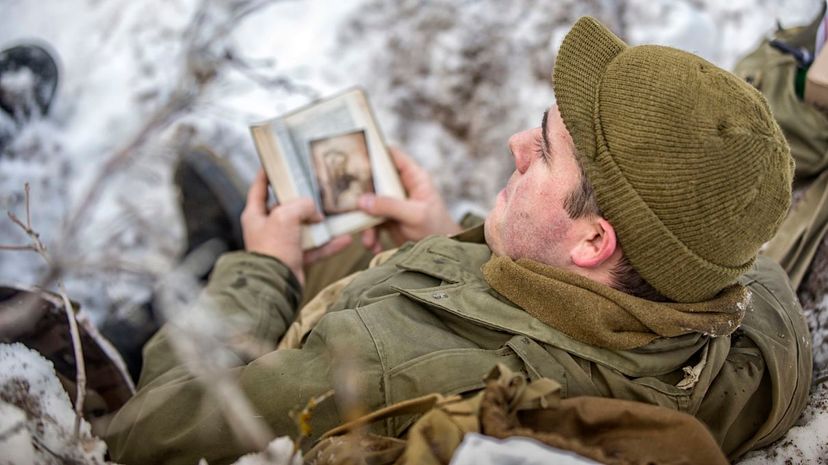
Whenever possible, exploiting the weather to an advantage is a great tactic in warfare. Known as a force multiplier, something that gives one side an edge, this was a major factor in the Battle of Waterloo as well as the defeat of the Spanish Armada.
Advertisement
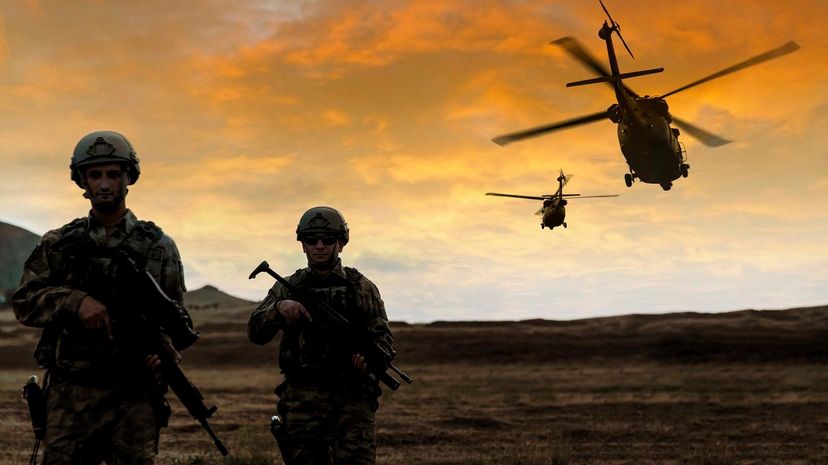
Recon by fire is a tactic that relies on guesswork and luck to be effective. Rather than attacking a known suspicion, recon by fire works by attacking a suspected position. If it works, enemy soldiers will believe they have been exposed. If no one is there, you simply move on to somewhere else.
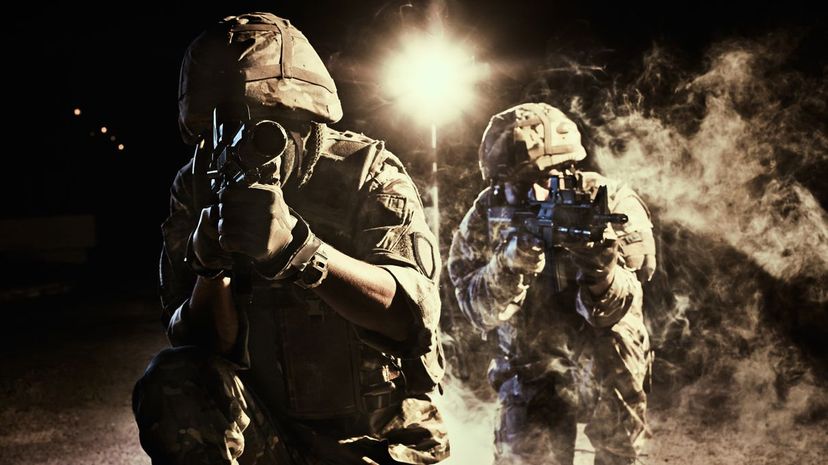
For a shoot and scoot to work properly, you need to fire artillery from your position and then quickly move position so that no effective counterattack can be mounted since you're no longer where you started firing from.
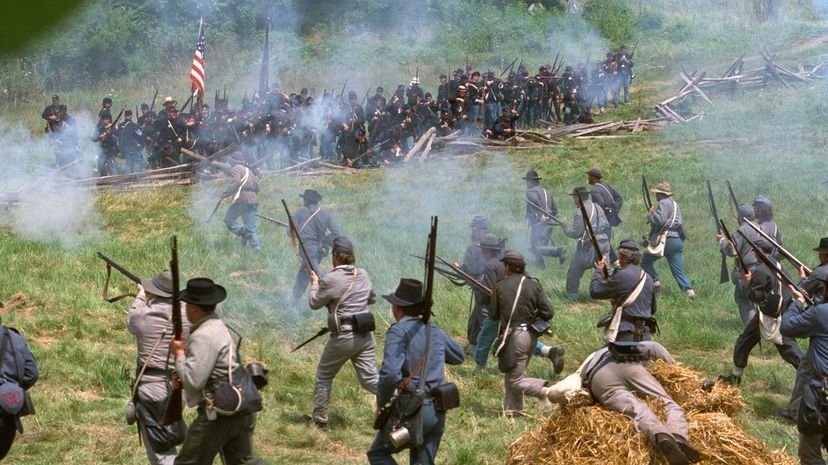
Force concentration can be as simple as having more troops on your side than the enemy does, but it can also be used strategically to concentrate your forces in one spot against one portion of the enemy's forces. This allows you to win single battles rather than trying to be dispersed against a larger force.
Advertisement
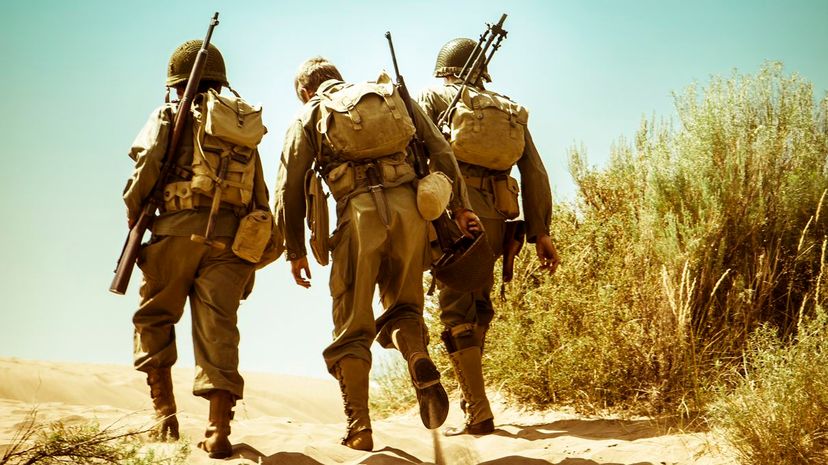
The hedgehog defense was named as such for a reason. if you've ever seen a hedgehog in distress, they curl up into a ball and expose their little spines at all sides. This defense works on that principle, allowing the defenders to defend from a potential attack on all sides from a central, fortified position.
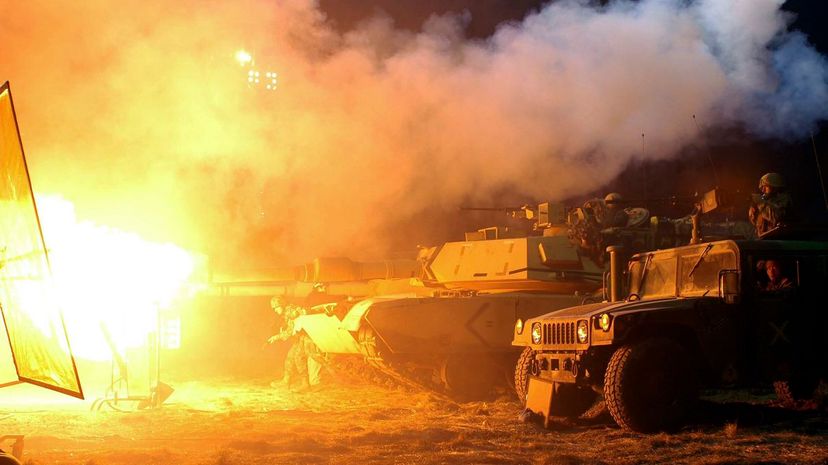
Night combat is another tactic that uses natural elements as a force multiplier, in this case, the lack of light. Of course, your side needs to be appropriately prepared for night combat which will likely involve the use of something like night-vision technology.
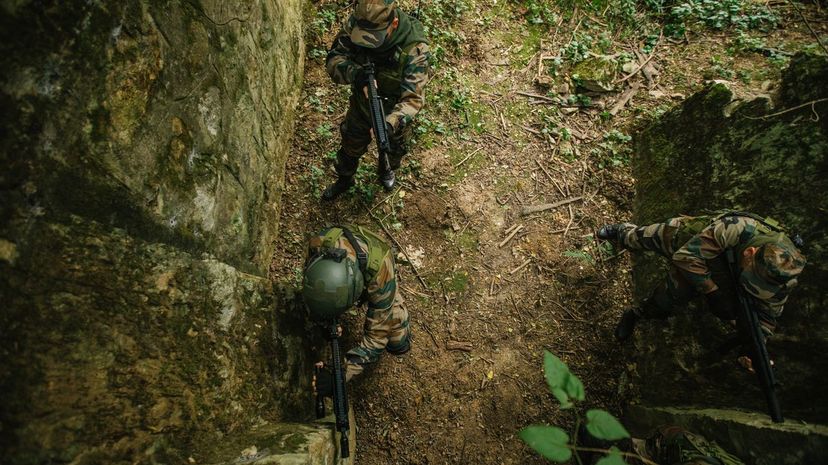
Raiding, also known as resource denial, involves either destroying or stealing the resources of an enemy force, freeing POWs from a camp, or just quick in-and-out style attacks to shake the enemy's confidence.
Advertisement
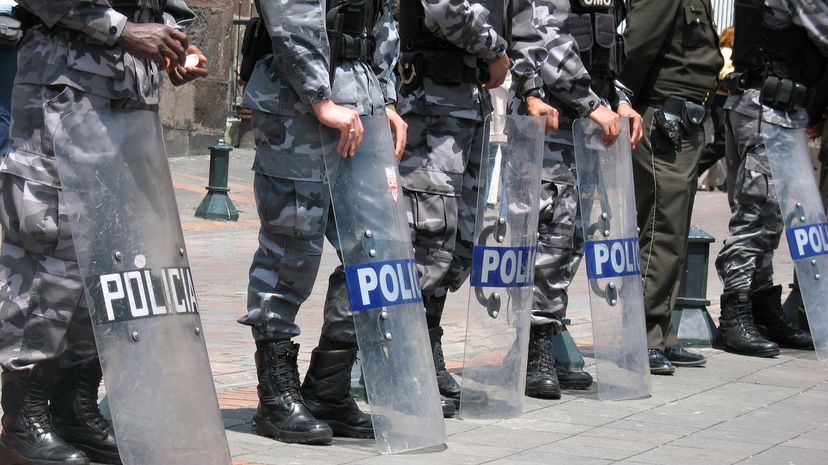
The flying wedge involves a group of soldiers moving forward in a V-formation towards a defending force. It allows them to smash through the enemy lines. It has proven to be a reasonably effective strategy for hundreds of years, and even Alexander the Great made use of it in battle.
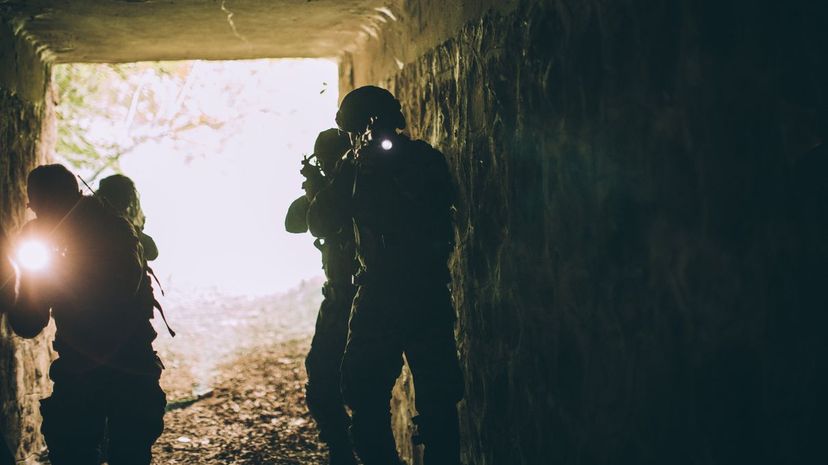
Perfidy is when you agree to one thing, like a truce or surrender, and then attack your enemy anyway. It's basically a bad faith maneuver and, in so many words, a lie. It's a breach of the rules of war and constitutes a war crime if you do it.
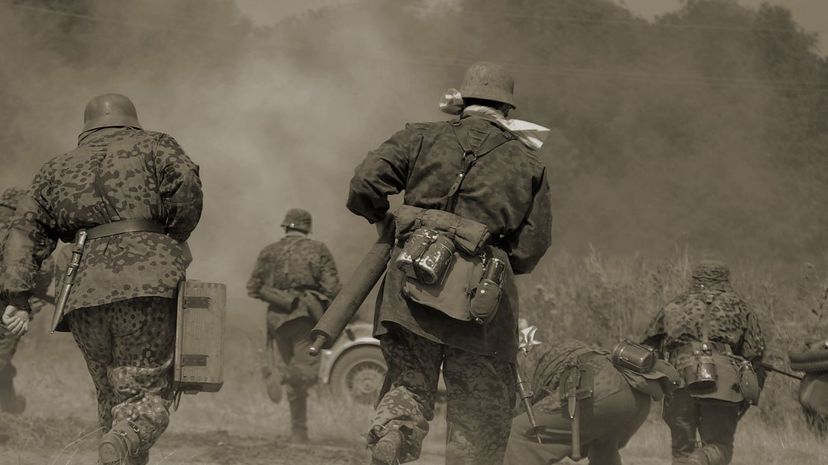
Swarming is a popular tactic for forces that are traditionally at a disadvantage technologically. Attacking from every side at once can confuse and overwhelm an enemy force. The Vietcong were famous for doing this in the Vietnam War.
Advertisement
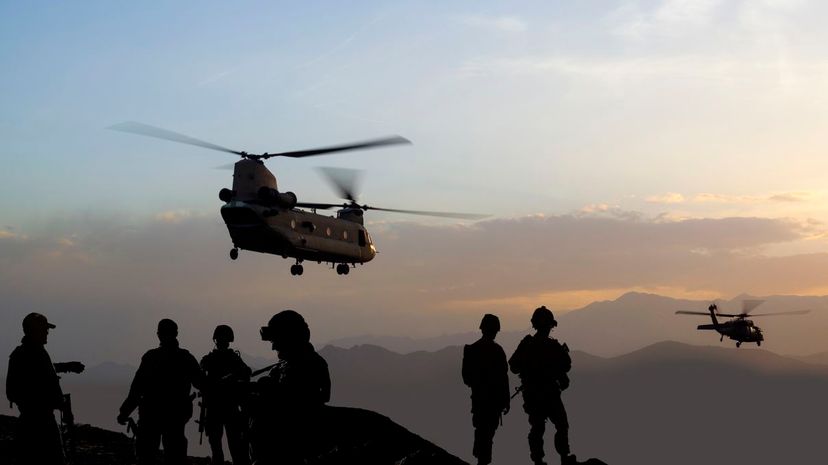
When you take the high ground, you take control of the fight from on high. On the ground, this can be fighting from an elevated position, but even in the air, this can be done by maintaining air superiority and swooping down to carpet bomb an enemy position.
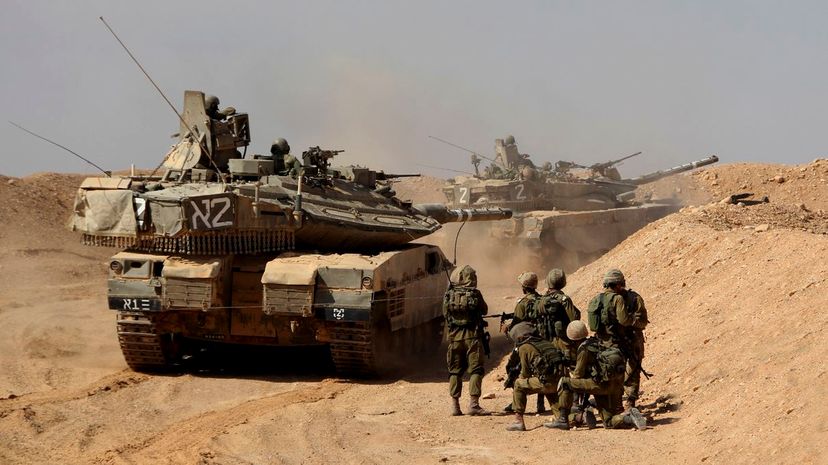
Desant means "disembark" and a tank desant tactic involves infantry soldiers entering combat on tanks before dismounting to engage ground forces. Desant minus the tank part is also a term used for paratroopers that drop into combat in a similar fashion.
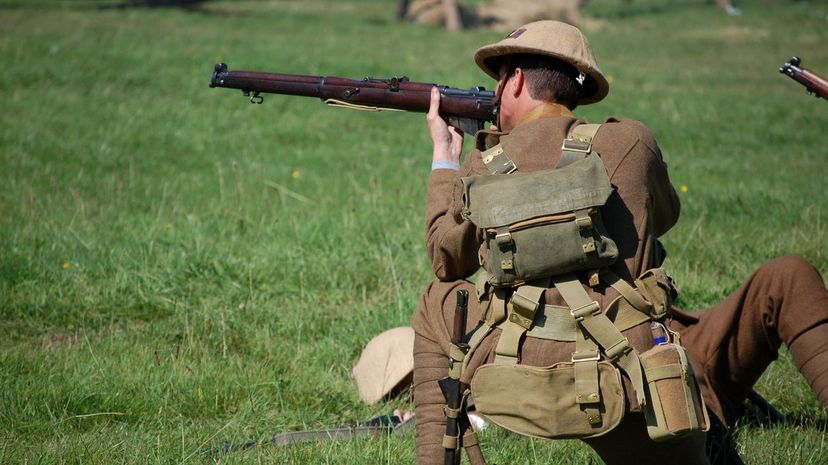
For the hammer and anvil to work, you need two separate forces under your command. Infantry forces will engage a frontal assault while cavalry forces will attack from the rear, forcing the enemy into the infantry. The cavalry becomes the hammer, the infantry is the anvil.
Advertisement
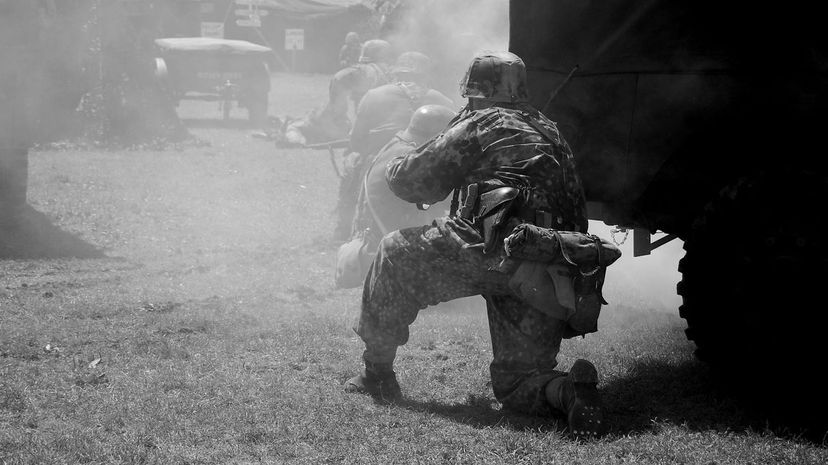
Smoke screening means you're using smoke to screen what you're doing, so the name is pretty fitting. Smoke grenades are a common method of pulling this off, and they produce large clouds of thick smoke to conceal movements and even block laser targeting.
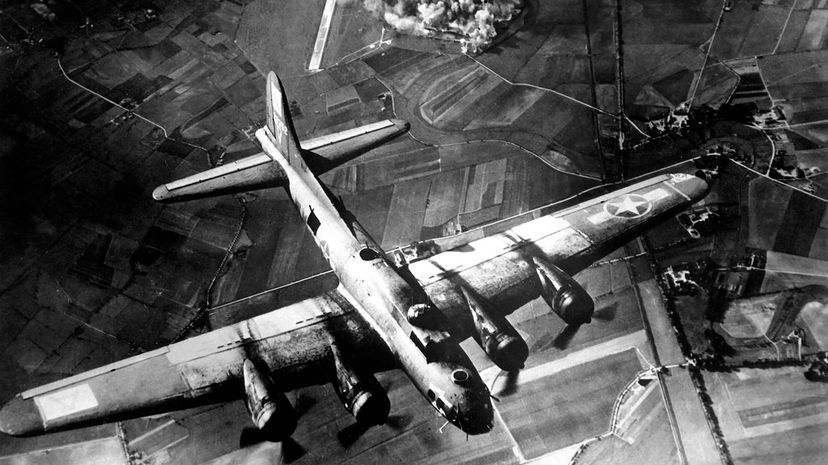
Carpet bombing gets its name from the fact you're laying bombs to cover an area like a carpet, meaning everything is saturated and destroyed. The Geneva Convention prohibits this in any civilian area.
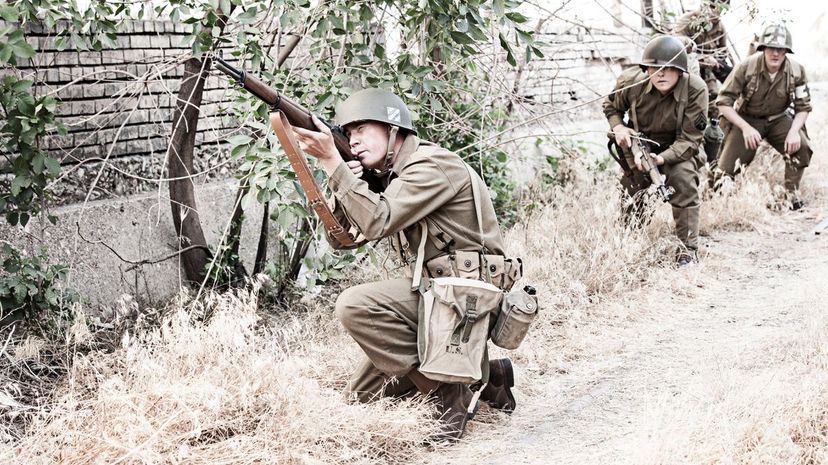
Recon, or reconnaissance, is the act of gaining information about the path ahead, enemy movements and forces, or whatever other information might be pertinent to your plans moving forward. This was traditionally done by sending out actual scouts but can now often be done electronically.
Advertisement
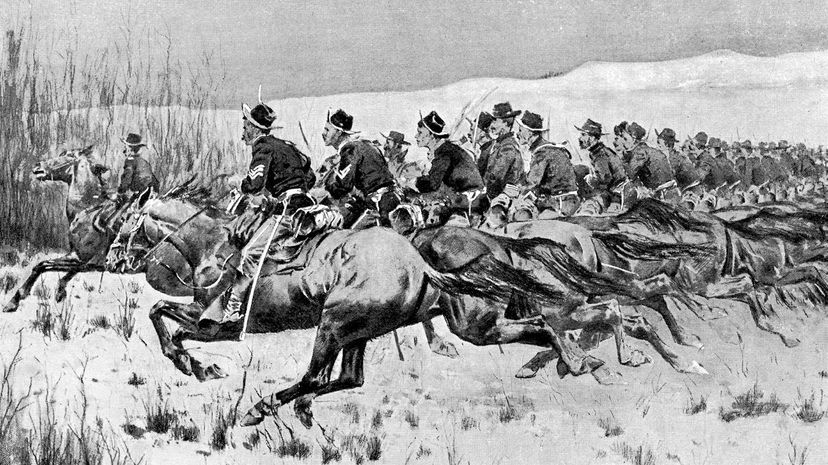
Charging is an ancient maneuver that dates back to the days of cavalry charges and even earlier. Confronting an enemy force at speed is meant to overwhelm them physically and put them off guard mentally as well.
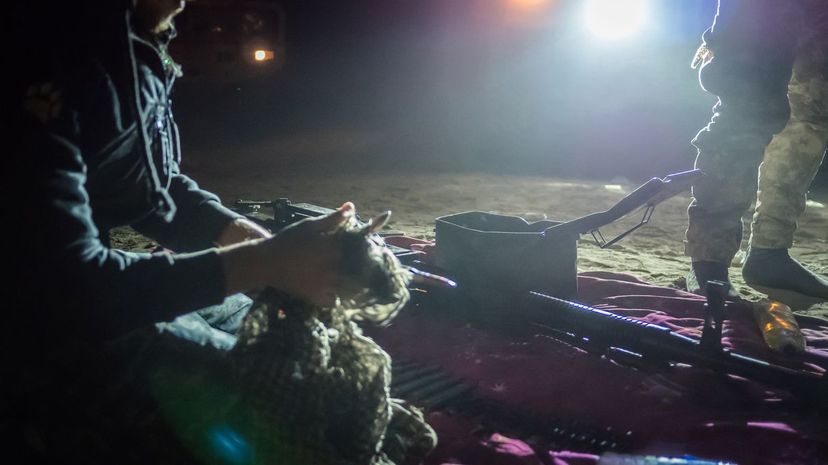
While traditional warfare involves organized troop deployment, guerrilla tactics are meant to be disruptive and tend to rely on much smaller groups. Insurgencies, infiltrations and targeted strikes are often part of guerrilla tactics.
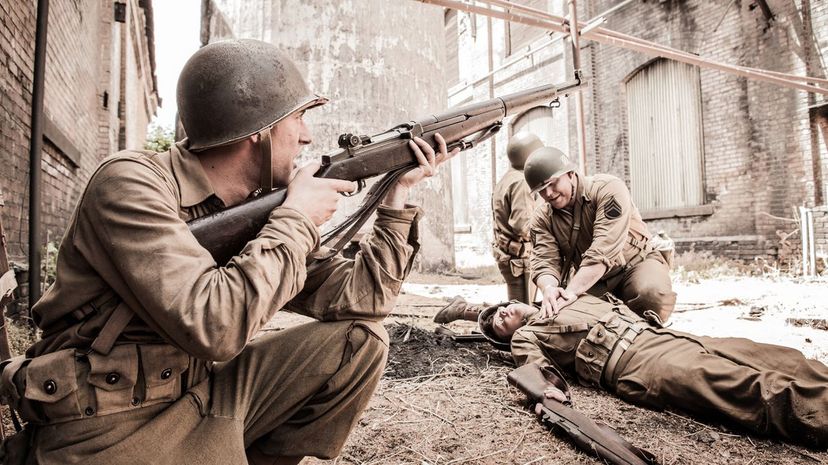
Attrition is what you call a fairly long, drawn-out strategy to wear your enemy down until there's nothing left to them. It also acknowledges that you're going to suffer losses on your side as well; they just won't be as bad as the enemy's losses.
Advertisement
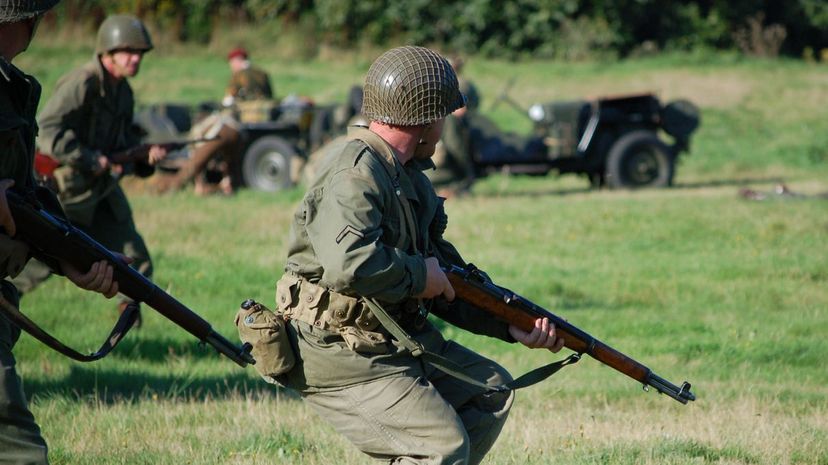
Bait and bleed is sometimes called camping and is essentially pitting two enemies against each other. This allows your force to maintain strength while your enemies diminish each other's forces.
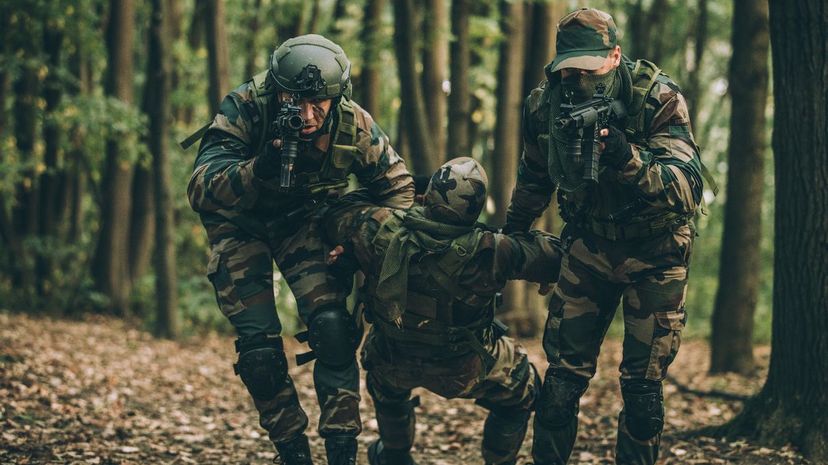
As the name suggests, area denial is a tactic that cuts off an enemy from an area. Land mines have been the main weapon to accomplish this in modern warfare, rendering large swaths of area too dangerous to enter.
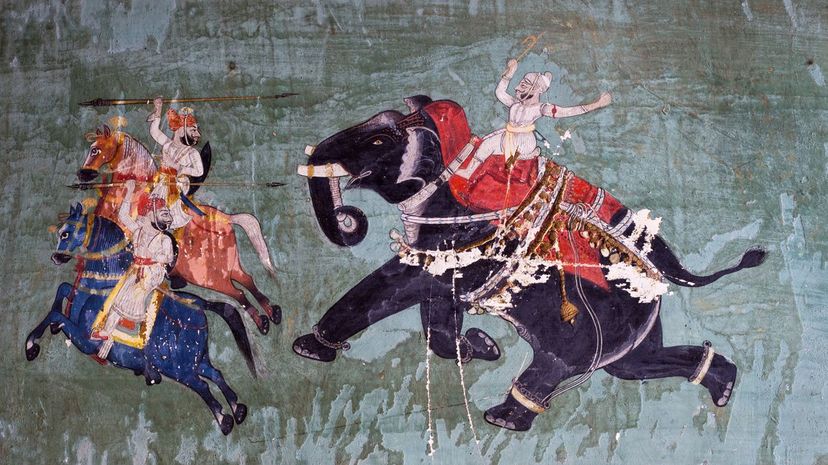
A feigned retreat involves making a display of having your troops run from battle to lure the enemy out in pursuit when you're just tricking them into a vulnerable position for a counterattack.
Advertisement
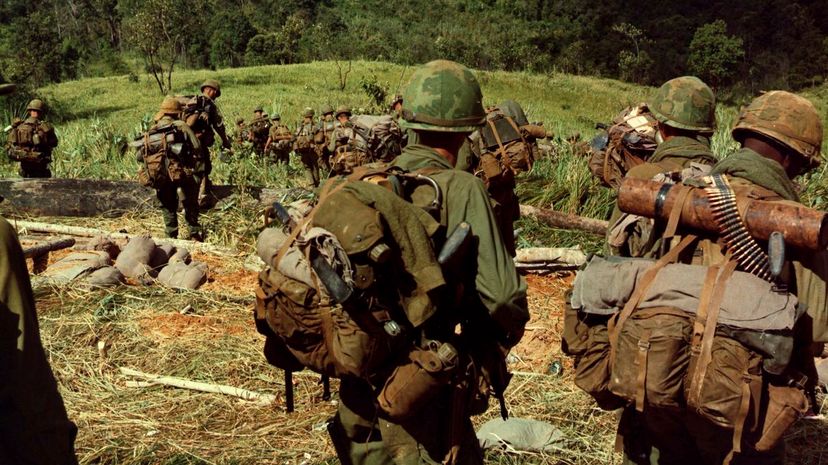
Unlike a frontal assault, an envelopment requires a force to take on the flank of an enemy force. There are several envelopment maneuvers, but a single envelopment would be ignoring the front in favor of a more weakened side defense.

Decapitation means losing the head, so a decapitation strike as a tactic is meant to take out the head of an enemy force. By cutting off the leadership, it's hoped that the main force will fall apart or become disorganized. When Lincoln was assassinated, there was a plot to also kill his vice-president and the secretary of state.
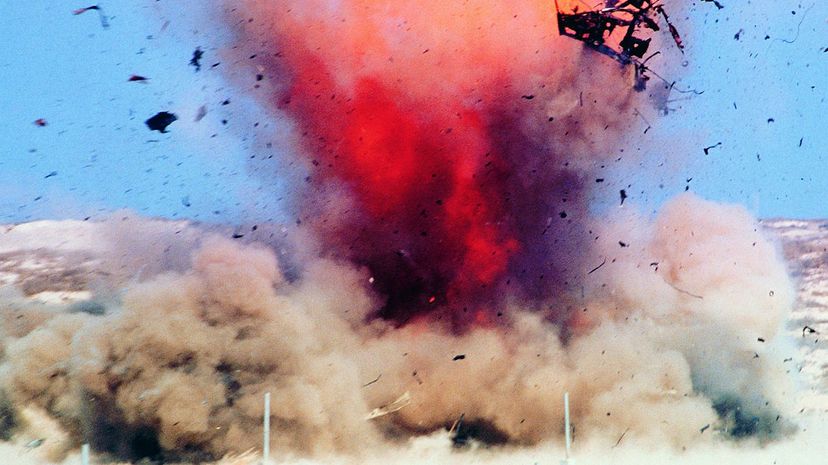
One of the more desperate tactics available, scorched earth relies on one force destroying everything around an enemy, particularly on their path of retreat. That could include any or all assets, from equipment to structures to crops, so that nothing remains to give even a slight advantage.
Advertisement
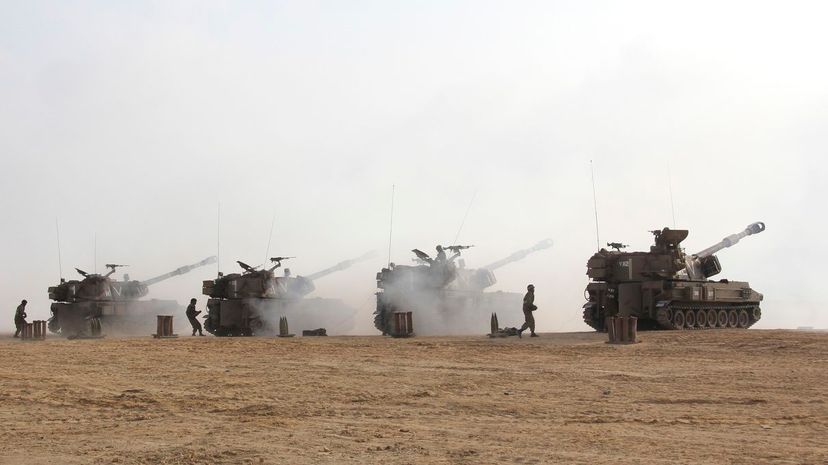
Shock and awe is predicated on the use of extreme force that includes displays meant to strike fear into the enemy such that they lose focus or even give up fighting altogether. Ideally, you would destroy the enemy's will and perception of the battle.
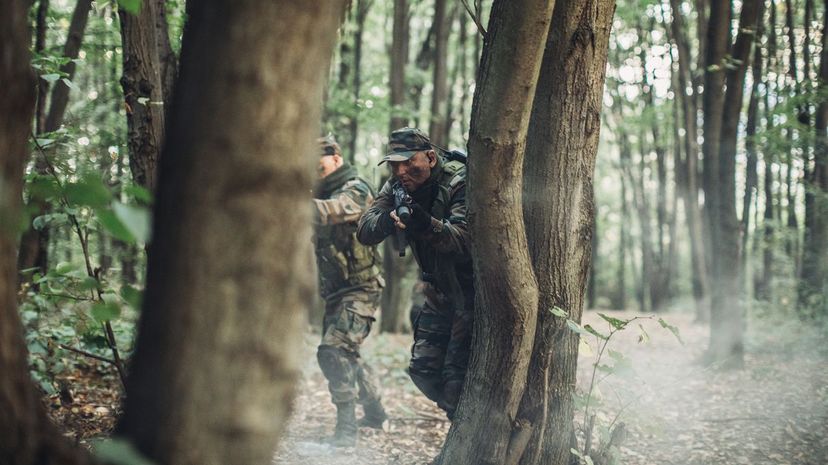
An ambush is arguably one of the oldest tactics in combat. The basic idea is to conceal your force until an enemy has entered an area where they would be at a tactical disadvantage before revealing your forces in a surprise maneuver to catch the other force off guard.
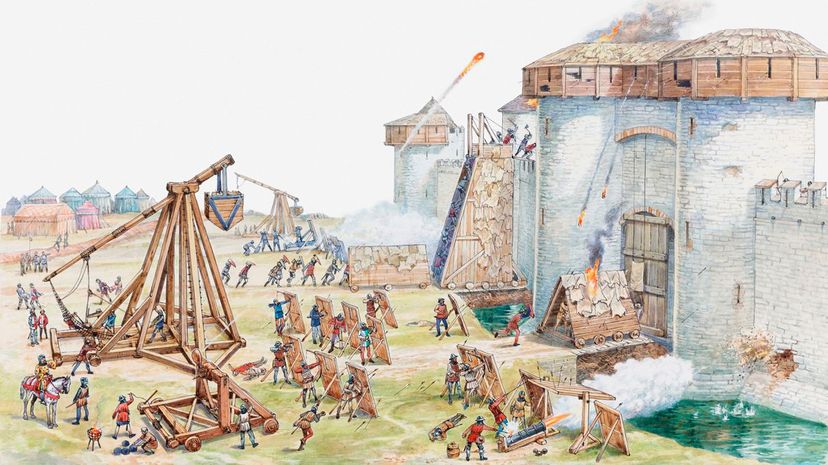
Siege warfare is warfare against an enemy in a fortified position. This is also the kind of warfare that gave rise to the term "siege weapons" which are things like ballista and trebuchets designed to attack walls, cities and castles.
Advertisement
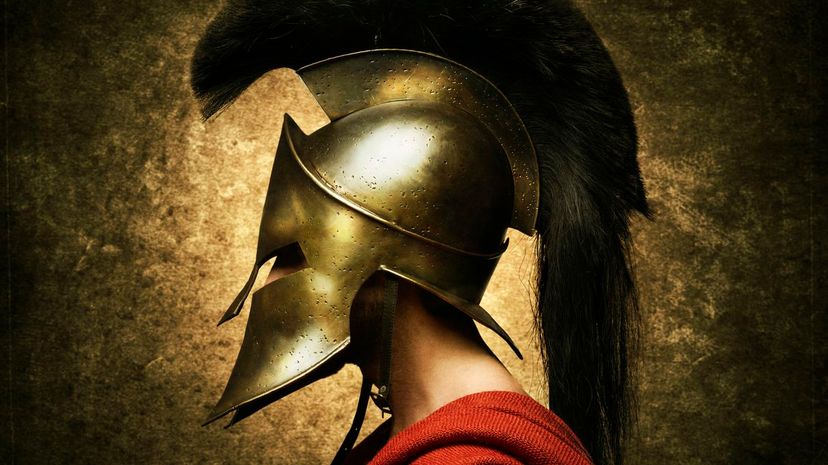
Using a chokepoint is an environmental tactic that makes the terrain fight with you against an enemy, forcing them into a narrow position that you defend. This kind of tactic can even the odds between a large force and a much smaller force.
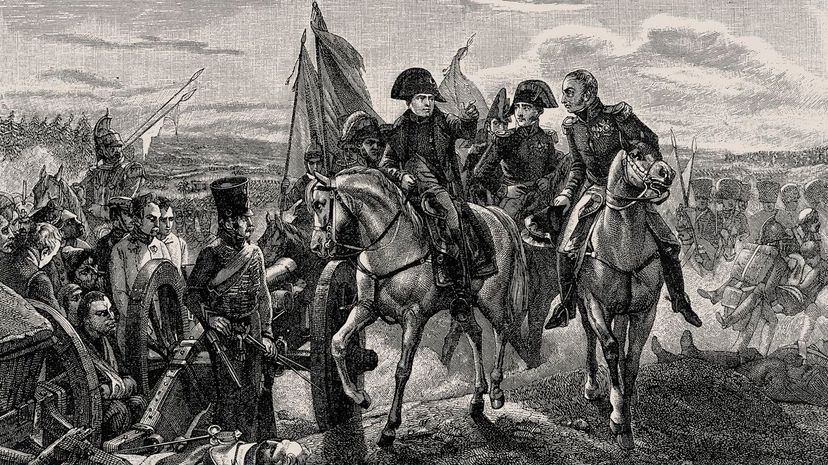
A battle of annihilation is a kind of all or nothing battle that spurns the drawn-out campaign in favor of ending everything in one single, brutal assault. These kinds of battles typically end in massive casualties numbering in the tens of thousands.